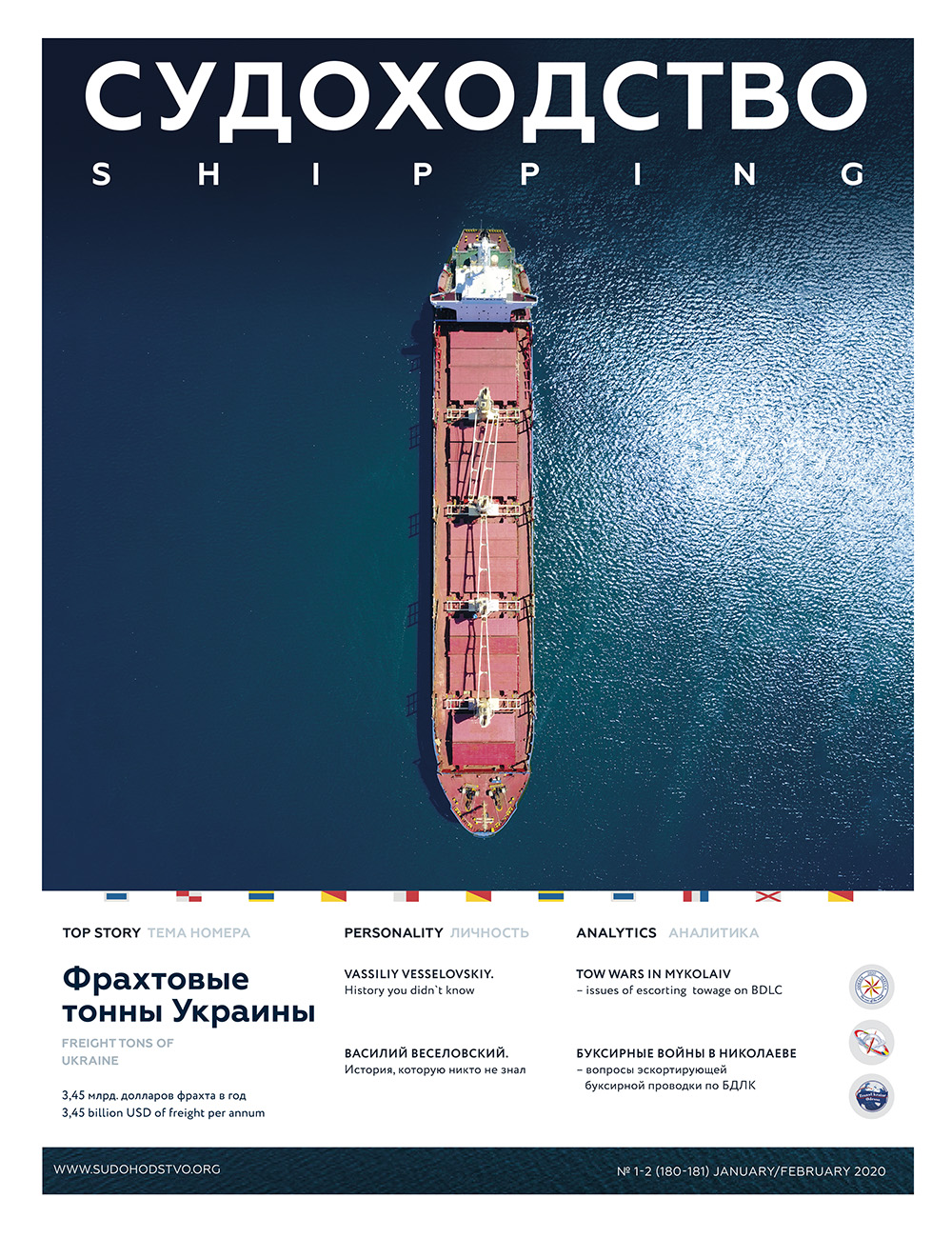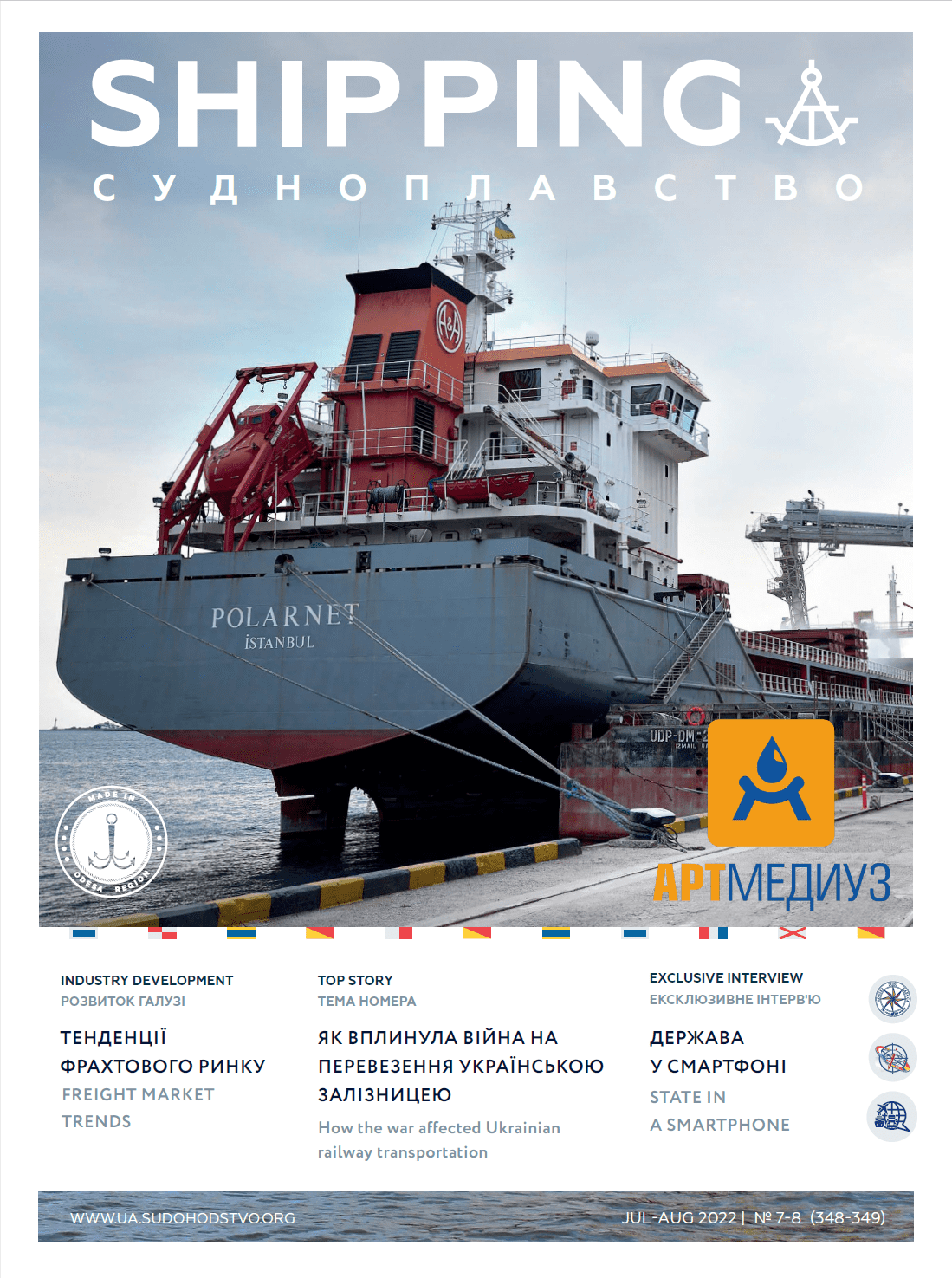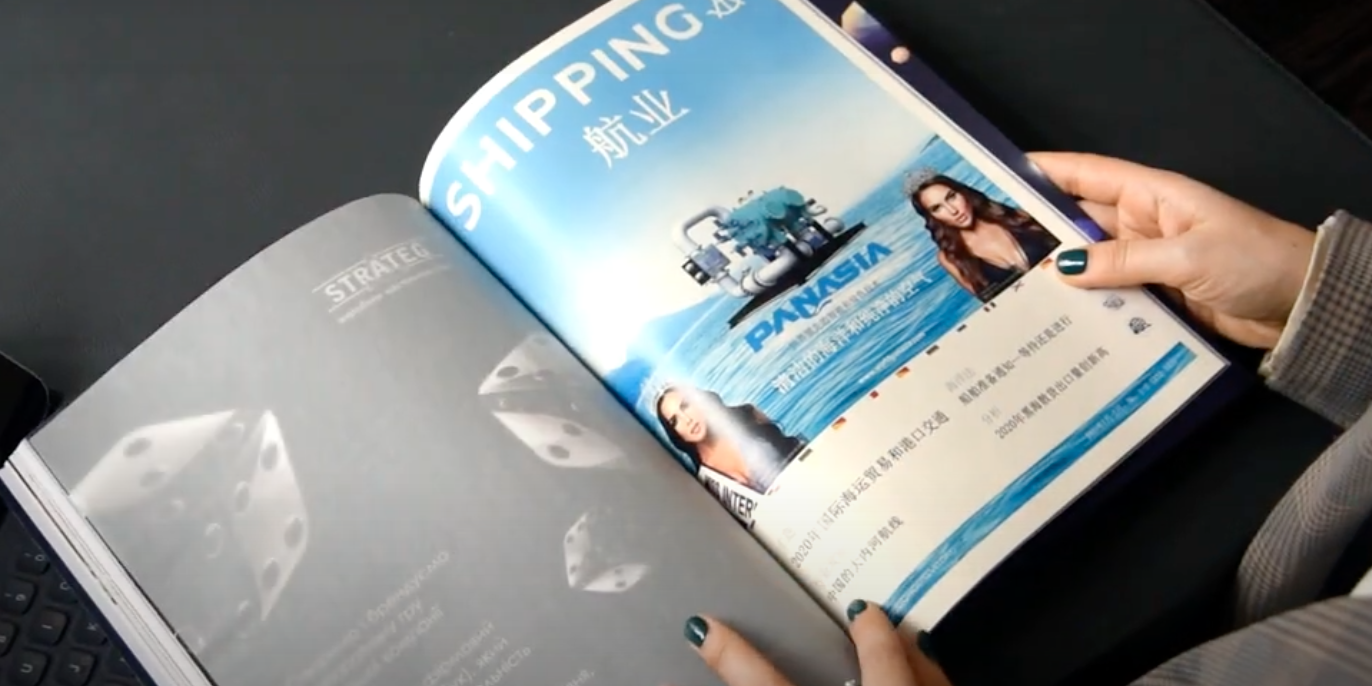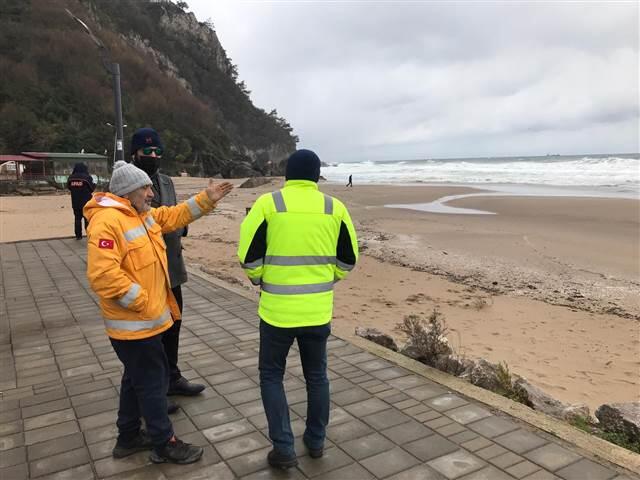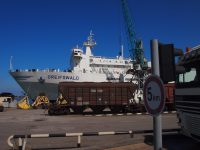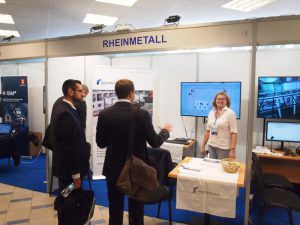Credit has become the taboo topic of the bunker industry since the announcement by the International Maritime Organization that a 0.5% global marine sulfur cap will be introduced from January 1, 2020.
Bunker buyers are typically offered credit lines up to a certain limit and sellers are unlikely to increase these limits purely because fuel prices have increased. Nonetheless this year some bunker suppliers have been jolted by the high freight rates and the Aegean scare and have reduced credit lines to between 14 and 21 days to minimize risk. These events could well be a harbinger of what is in store after the 2020 fallout.
After running on easy credit from the banks, as purchases are typically paid for several weeks after delivery, credit lines will need to be increased significantly once the majority of shipowners have to stump up extra cash for pricier, cleaner fuels. But that could test this relationship-driven bunker business to the limit as financing options dwindle. Bunker buying is typically conducted on an open credit basis, and buyers with limited credit lines will struggle to open letters of credit and will need a trading house with risk appetite to shoulder the financial risk. This will be a real push for smaller outfits which could be squeezed out of the market and may see the industry undergo a wave of consolidations.




